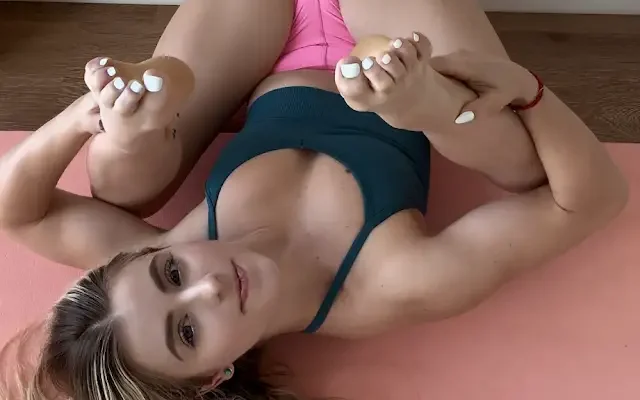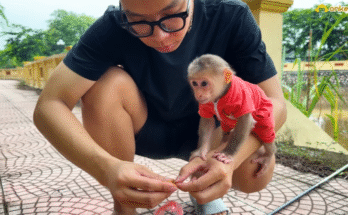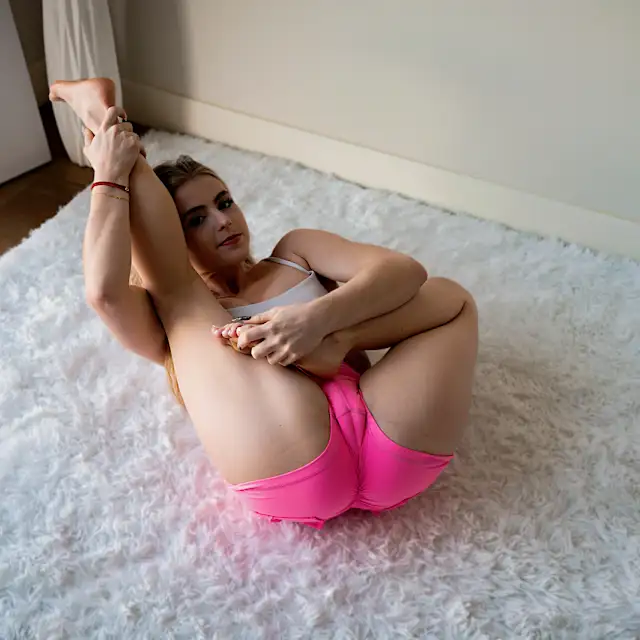
It’s a simple question—one that might seem insignificant in the rush of your daily routine. But this one small act, often overlooked or skipped altogether, can have a profound effect on how you feel physically, mentally, and emotionally. Stretching is not just for athletes, dancers, or yoga lovers. It’s for everyone. You, reading this right now, can benefit more than you think just by taking five or ten minutes to stretch each day.
Stretching: More Than Just Flexibility
When most people hear the word “stretching,” they immediately think of flexibility. Yes, stretching helps improve your range of motion and loosens up tight muscles, but its benefits go far beyond touching your toes. Stretching helps reduce stress, improves circulation, boosts posture, enhances energy, and even sharpens mental clarity. It’s like hitting the refresh button on your body and mind.
In our modern lifestyle, many of us spend hours sitting at a desk, driving, or looking down at our phones. Over time, this leads to tight hips, stiff shoulders, back pain, and tension headaches. A daily stretching routine can counteract those effects, helping your muscles stay long, lean, and healthy.
How Your Body Feels Without Stretching
Imagine your muscles as rubber bands. When they are warm and stretched regularly, they’re flexible and resilient. But when left unused or held in the same position for too long, they become dry, stiff, and prone to snapping. That’s how many people experience pain and injuries—they neglect to stretch and then wonder why a small movement caused a strain.
Without stretching, your posture may suffer. Tight chest and shoulder muscles pull you forward into a hunch. Your neck may start to jut out, your lower back may become compressed, and your hips may lose their natural mobility. Over time, even normal tasks like tying your shoes or picking something off the floor can become uncomfortable.
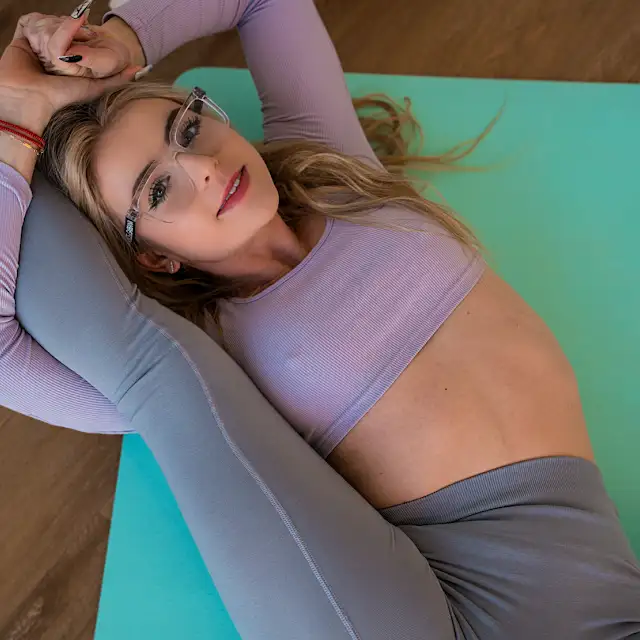
The Mental and Emotional Benefits
Did you know that stretching can calm your nervous system and lower your stress levels? When you hold a stretch and breathe deeply, your body shifts into a relaxed state. This helps release physical tension, which in turn eases mental anxiety.
Stretching also encourages mindfulness. During a stretch, especially when done slowly and with intention, you’re focusing on your body—how it feels, where it’s tight, how it releases. That moment of awareness acts like a moving meditation, grounding you in the present moment.
Plus, stretching can lift your mood. As your blood flows better and oxygen delivery improves, your brain gets a little boost. Combine that with endorphins—those feel-good hormones released with movement—and suddenly, you feel more awake, more optimistic, and more connected to yourself.
Types of Stretching
There are different types of stretching, and understanding them can help you choose what’s best for your day:
- Static Stretching – This is what most people think of: holding a stretch for 15–60 seconds. It’s best done after workouts or before bed to relax muscles.
- Dynamic Stretching – These are controlled movements (like leg swings or arm circles) used to warm up the body before physical activity. Great in the morning or before exercise.
- Active Stretching – Involves holding a stretch using the strength of your own muscles, like lifting your leg and holding it in place.
- Passive Stretching – Done with assistance, such as a partner, strap, or gravity helping you deepen the stretch.
- PNF Stretching (Proprioceptive Neuromuscular Facilitation) – A more advanced method involving muscle contractions and stretching to improve flexibility quickly.
You don’t need to use all of them every day, but rotating a few types throughout the week can be incredibly beneficial.

Easy Daily Stretching Routine
If you haven’t stretched today, here’s a quick and gentle routine you can try—no equipment necessary:
1. Neck Rolls – Slowly roll your neck from side to side. Hold each side for 10 seconds.
2. Shoulder Rolls & Stretches – Roll your shoulders forward and backward, then stretch one arm across your chest to relieve tension.
3. Cat-Cow Stretch – On your hands and knees, alternate between arching your back (cat) and dipping your spine (cow). This loosens up your spine.
4. Standing Forward Fold – From standing, fold forward gently and let your head hang. This stretches the hamstrings and decompresses the spine.
5. Hip Flexor Stretch – In a lunge position, sink your hips forward to stretch your hip flexors, which get tight from sitting.
6. Seated Hamstring Stretch – Sit with one leg outstretched, reach toward your foot, and hold. Repeat on the other side.
7. Butterfly Stretch – Sit with your feet together, letting your knees fall open. Gently press down on your knees for a deep inner thigh stretch.
8. Child’s Pose – Kneel, sit back on your heels, and stretch your arms forward. A relaxing full-body stretch to end the routine.
Spending just 5 to 10 minutes doing this routine can loosen tight muscles, ease stiffness, and refresh your mind.
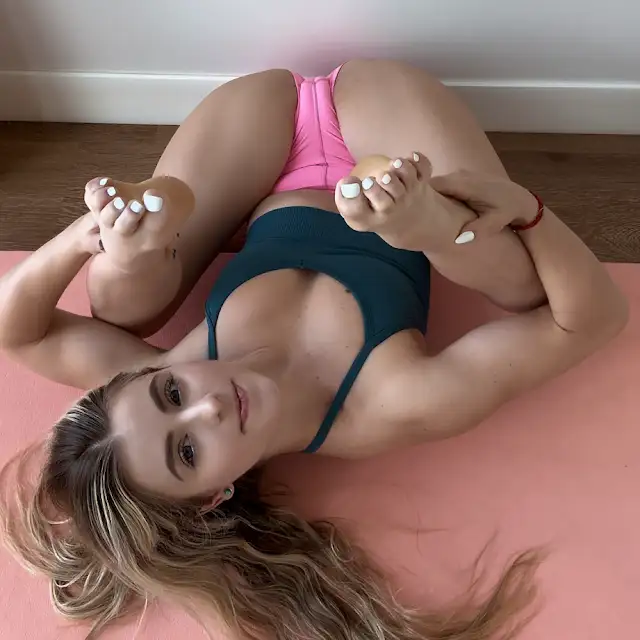
Make Stretching a Habit
The key to seeing the benefits of stretching is consistency. Like brushing your teeth or drinking water, it should become a daily part of your life. Here are some tips to make it stick:
- Set a reminder: Use your phone or sticky notes to nudge you throughout the day.
- Attach it to another habit: Stretch while watching TV, after your workout, or right before bed.
- Make it enjoyable: Put on music or stretch outside for a calming atmosphere.
- Keep it simple: Don’t overcomplicate it. Even a few stretches are better than none.
Stretching Is Self-Care
Taking time to stretch is a quiet, powerful form of self-care. It’s a way to honor your body, listen to what it needs, and take care of it before problems arise. In a world full of hustle and noise, a simple stretch can be a moment of peace—a deep breath in the middle of the chaos.
So ask yourself again:
Did you stretch today?
If not, now’s the perfect time. Roll your shoulders, lift your arms, breathe deeply, and take just a few minutes for yourself. Your body will thank you—and so will your mind.
